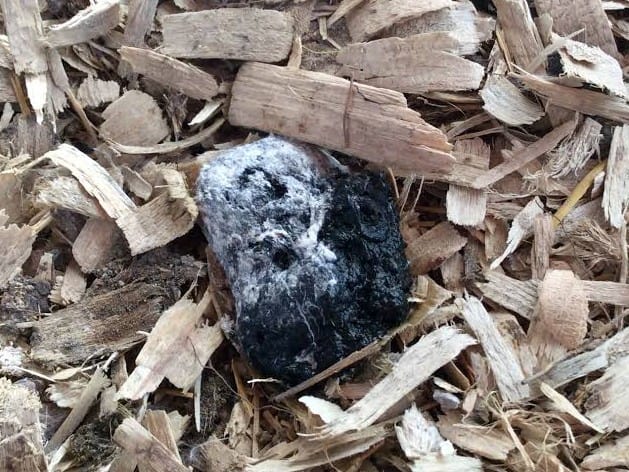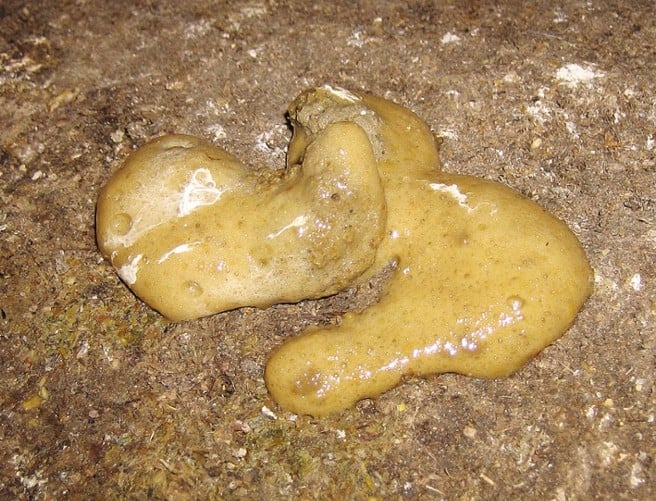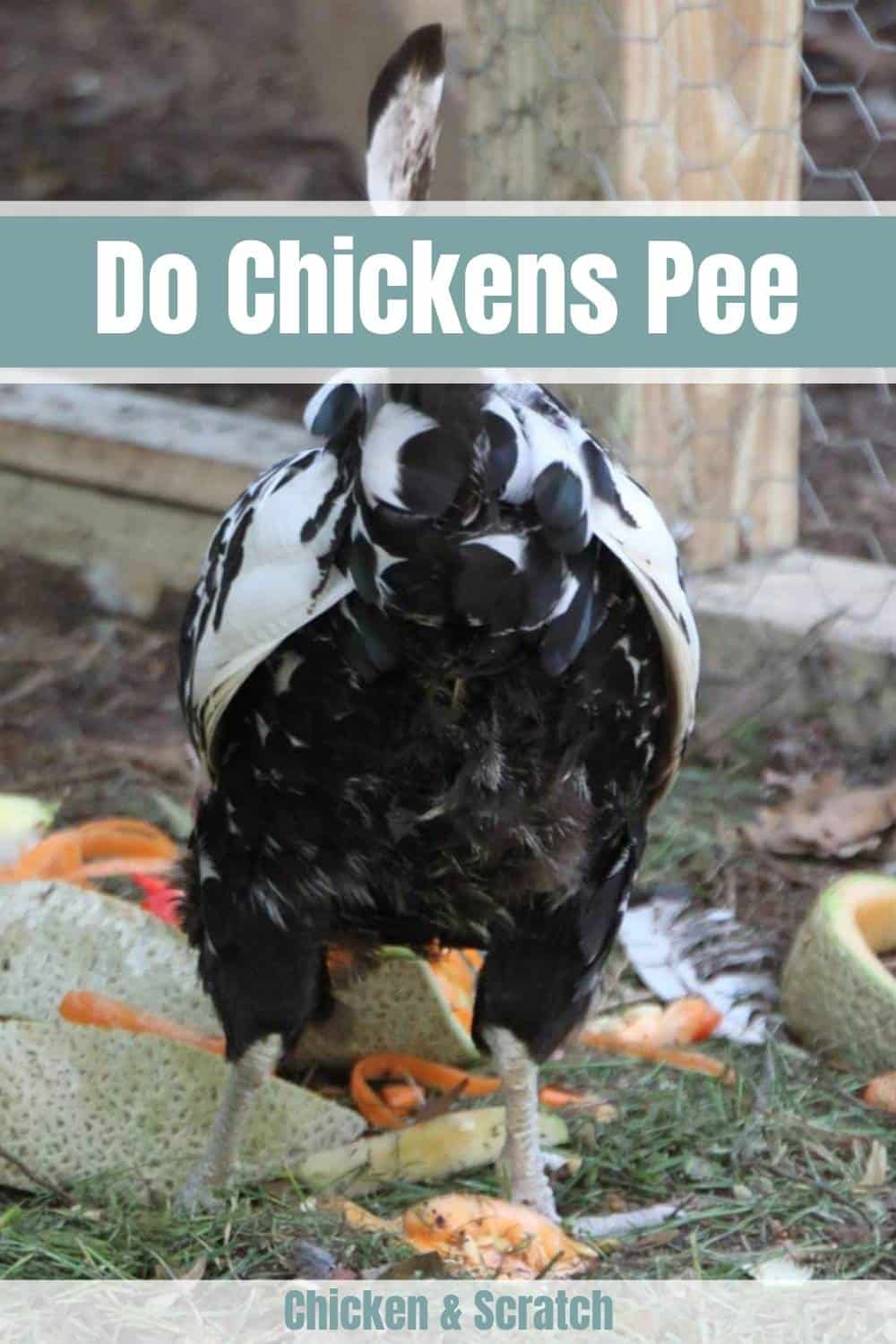If you are new to raising chickens, you may be puzzled as to why there aren’t streams of liquids or pee around the area where you keep your chickens. Perhaps you didn’t encounter any information about this flock activity. Thus, a lot of people may question, “Do chickens pee?”
This article will cover
- How do Chickens Release Their Urine?
- Chicken’s Excretory System
- How Often Do Chickens Pee and Poo?
What Does a Normal Chicken Dropping Look Like? - Keeping Your Chickens Healthy: Preventing Urinary Problems
How do Chickens Release Their Urine?
Birds, in general, do not urinate the same way as humans or other creatures. They excrete their urine differently. Liquid excretions are seldom found in their space. In fact, it’s never separated from their poop.
Birds have a different excretory process mainly because they lack a urinary bladder. What they have are the kidneys that serve as the main character or the base of their excretory system.
Their kidneys are vital; damage to these crucial organs can be fatal for your flock. The kidneys have three duties to fulfill in your chickens’ bodies.
- Manage the balance of electrolytes – Electrolytes are essential for your chickens as their duty is to replenish nutrients and minerals.
- Sustaining the water levels in your chicken’s body – Maintaining a healthy water level in your chickens is essential to keep them from being dehydrated.
- Removing Metabolic Waste from your chickens’ bodies – Some metabolic wastes include nitrogen compounds, phosphates, CO2, water, sulfates, etc.
Minerals and nutrients are usually spent and lost whenever they are under stress or in heat. Dehydration and a significant loss of electrolytes can both be fatal to chickens.
Chicken’s Excretory System

Like humans, the excretory system is vital for chickens too. In a chicken’s body, its kidneys have three lobes. These lobes are located under their lungs. As birds do not have a urinary bladder, their pee is non-water soluble uric acid. If you have observed your chicken’s poop, their “pee” is the white paste and some liquid that’s excreted out as they release their waste.
The kidneys are quite the crucial characters when it comes to excretion. And their job is to filter the chicken’s urine. Afterward, they use the ureters as passageways as they send the urine to the cloaca.
The cloaca is where they expel their wastes, feces, and eggs. It is located on the rear of the body and under the tail base. It is also surrounded or covered with feathers located on the extreme lower abdomen. The cloaca isn’t easily visible due to its location on the chicken’s body. (The slit or the opening is often termed as the vent.)
The cloaca is the overall opening wherein wastes are released. In simpler words, while other creatures have allocated openings for the eggs, solid, and liquid wastes, chickens have a single vent for all those functions instead. Inside the cloaca, different sections are neatly organized, each serving its specific function.
Since they do not have a bladder for their urine, a unique process is called reverse peristalsis. This process is the rerouting of the chicken’s urine into their large intestines.
Thus, when urine reaches the large intestines, the body absorbs its excess water. And so, the urine is reduced to a white paste of uric acid. The glob of white paste now exits with the feces, and so is the reason you find white paste with your chickens’ feces.
How Often Do Chickens Pee and Poo?
Knowing the average amount of clutter they make will help you better manage their waste. If you like to pet and cuddle with your chickens, you would also want to know just how long you can hold them before they poop on you.
Just like every other creature, there are factors involved in the way your chicken poops. The first thing to look at and consider is their sizes. Bigger chickens poop less often than smaller ones.
Smaller chickens can release their waste in a span of every 10 minutes, and they are quite the party pooper. On the other hand, average-sized chickens poop every 20-25 minutes. Despite the frequency of their release, they are sure to excrete small amounts. Chickens are known to be regular poopers.
What Does a Normal Chicken Dropping Look Like?

As flock owners, it’s also essential to know how their normal droppings look like. As signs of diseases can manifest in their droppings, it’s critical to know whether there are significant changes in their droppings.
These significant droppings can point to something happening inside their bodies. Chicken droppings can range in several colors. It can come in brown, tan, green, yellow, and even black.
Within this color spectrum, which color is considered suspicious? Or, what does the color of the droppings tell you about the condition of your flocks? As you may have observed most of the time, the droppings are shades of brown with a white paste along with them.
Black Droppings

Black droppings can be indicative of blood in the stool. However, while this can be possible, it’s essential to take note of their surroundings. What are your chickens eating? They may have consumed black or grayish elements that have made their stool look black.
Elements like wood ash can be darker in color and produce black droppings. This can be caused by your chickens possibly eating charcoal, blackberries, or dark purple o blue food. Wood ash is beneficial for your chickens but again, in moderation. Before panicking, it’s essential to look at your chicken’s environment and consumption.
Green Droppings

Green droppings can also be a sign of something going on in your chicken’s body. It could possibly be a sign of worms in your chicken’s body, avian flu, or Marek’s disease. On the other hand, depending on their environment, it could also just be your chicken’s high diet of grass, vegetables, weeds, and other things green.
Yellowish Droppings

Yellowish droppings are easy to spot as they may stand out from the flock’s space. This dropping can possibly signal fowl typhoid, kidney malfunction or internal worms, or coccidiosis. On the other hand, it can be a diet filled with corn, strawberries, or forsythia blossoms.
Runny Brown Droppings

Runny brown droppings can be alarming because it’s too flowy to look at. This color can indicate E.coli or infectious bronchitis. On the other hand, it could also result from your chicken overeating food with too much water or liquid content on it.
Keeping Your Chickens Healthy: Preventing Urinary Problems
Taking care of your chickens also includes the task of making sure they do not have any problems with their excretion processes. Excretion is one of the most critical parts of a creature’s life.
It allows for the release of dangerous and unnecessary materials inside the body. This also helps avoid your flock feeling bloated and uncomfortable. So how can you prevent urinary problems from your chickens?
No High Protein Food
A high protein diet causes too much uric acid for your chickens. If the uric acid level gets too high, it may be hard for them and, in extreme cases, fatal.
Ensure They are Drinking Enough
It’s vital to ensure your chickens are well provided with enough to drink. Getting dehydrated is not something you want to occur to them. Chickens are easily thirsty. They may not excrete liquid pee, and they still need enough water levels to survive. This is also useful in cleaning out the toxins in their bodies. Enough water also helps them excrete the excess uric acid inside their bodies.
Feed Them Appropriate Food
While treats are okay, it’s important not to overdo it in the snack department. Feed them food that contains their nutrient needs as chickens. Foods that are made for chickens usually have the minerals and nutrients they need to function correctly. Remember, treat is good, but it’s categorized as “treat” for a reason.
Laying Pellets Are for Laying Chickens Only
Take note that laying pellets have been created for laying hens and not for the whole chicken population! These pellets have a certain level of nutrients like protein and calcium to aid in the hens’ egg-laying processes. These levels of nutrients are not compatible with younger chickens. These may overwhelm them and cause damage to their bodily functions, especially the kidney function.
Summary
To be fair, many people commonly ask the question, “Do chickens pee? Having not seen chickens “pee” the way other creatures do is a mystery. Once you start to discover it, it becomes even more enjoyable. It gives you more information about your flock, and so you get to know them better.


Joseph Hudson has been raising chickens for over 15 years. In 2018, he completed the Agriculture & Natural Resources program at Mt. San Antonio College. He currently raises over 1400 chickens on his 7.5-hectare farm. He keeps sharing his experience on raising healthy and happy chickens on Chicken Scratch The Foundry.







